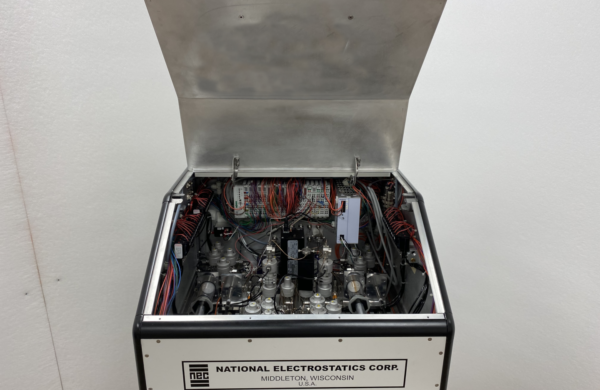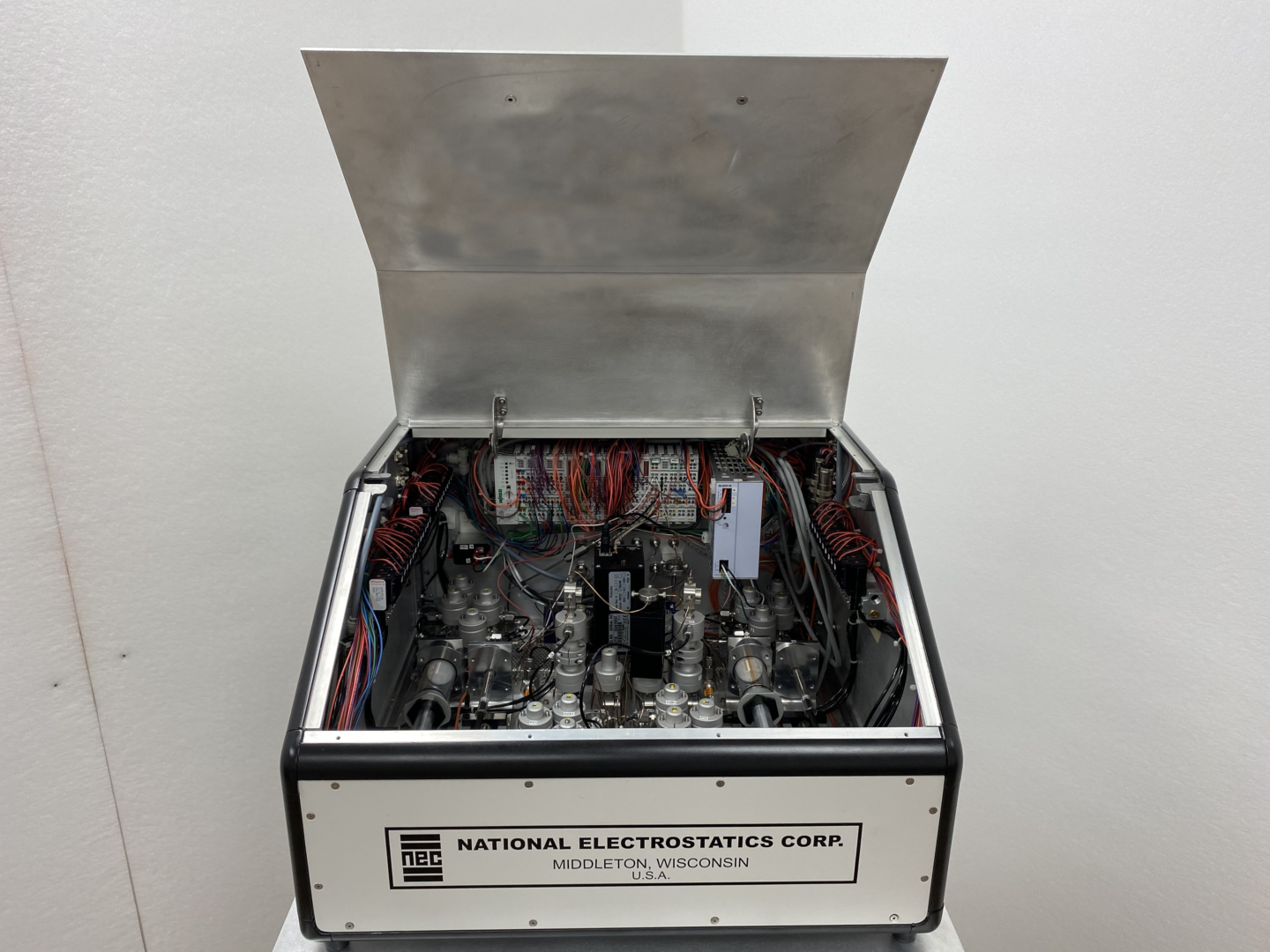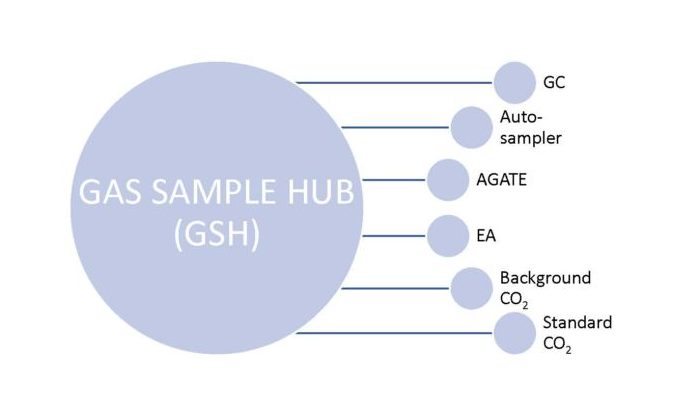
What has been happening since the last update?
First, we want to apologize for the long silence on the status of the PIMS system and associated items. NEC, like many businesses around the world during the pandemic, focused on our core products when our resources were limited. Many of our staff were working from home to limit time at the factory. The PIMS Prototype at SUERC (in Scotland), remained mostly dormant. Work on the software and related interfaces progressed at a slower pace.
2021 is allowing NEC and SUERC to resume work on PIMS instrumentation, sample interfaces, and software. NEC is building an additional PIMS instrument to be used at our factory as a demonstration system to be commissioned this year. This development will be in parallel to the PIMS Prototype at SUERC. We encourage anyone who is interested to send samples for testing and validation. Provided we can support visitors at that time, we welcome any interested parties to visit our facility and see the demonstration model first-hand.
NEC is partnering with leading scientific equipment manufacturer Thermo Fisher Scientific to produce a Complete Multi-Isotope Measuring System for C-O-S-N-H, and other elements of interest. We will be able to offer a coupled abundant isotope measuring system (IRMS) and diverse solid & liquid sample interfaces. This design, all running under one software platform, can be customized to your lab’s specific goals. More information about this partnership and products will be described in future newsletters.
Within the next several weeks, SUERC will be receiving the first NEC GSH (Gas Sample Hub) and AGATE (Automated Gas Ampule Transfer Engine) for high-throughput PIMS. SUERC will combine these with their instrumentation suite for in-line CO2 conversion of organic & inorganic materials. Highlights of the two NEC interfaces are below.
Our first customer PIMS system will be delivered in Q3/Q4 of 2021. We are currently in communication with many more companies and labs around the world that are interested in using the PIMS for pharmaceutical measurements, biofuels, archaeological studies, and other applications.
Updates on the Gas Sample Hub (GSH) and AGATE (Automated Gas Ampule Transfer Engine)
The PIMS system will be provided with a Gas Sample Hub (GSH), which is a dual-sample introduction system capable of injecting one sample into the ion source while the next sample is being processed, for fast uninterrupted sample measurement. The GSH can accommodate reference gas bottles, EAs and other CO2 producing devices. It can add or remove carrier gases as desired, and with precise syringe gas flow control maintain the optimal plasma ion source conditions.
We are gathering specifications now, including sample size(s), transfer times, and other relevant information. Stay tuned!


The design aim of the AGATE is to process between 40 and 100 samples in 24 hours, depending on the precision required. Other commercial ampule handing devices handle 8-10 samples and may experience problems with glass shards. The new AGATE automatically discards the broken ampules into a waste bin before processing the next sample. The current magazine capacity is 30 ampules, with higher-capacity magazines possible in future versions.

The PIMS System Advantage
The Pantechnik Microgan ECR ion source can generate a 1 mA carbon ion beam. Passing this through the isobutane chemical reaction cell results in low background (0.1 pMC) and fast gas sample radiocarbon measurement equivalent to an AMS instrument injecting 45-60 uA of 12C–. In contrast, slow traditional CO2 AMS systems manage only a fraction of this.
For further information on the PIMS system, contact NEC today!